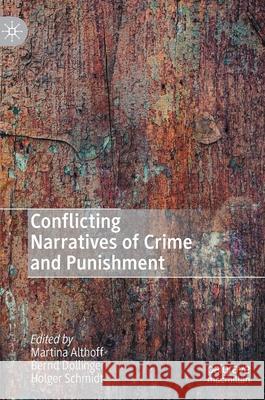Conflicting Narratives of Crime and Punishment » książka
topmenu
Conflicting Narratives of Crime and Punishment
ISBN-13: 9783030472351 / Angielski / Twarda / 2020 / 288 str.
Conflicting Narratives of Crime and Punishment
ISBN-13: 9783030472351 / Angielski / Twarda / 2020 / 288 str.
cena 645,58
(netto: 614,84 VAT: 5%)
Najniższa cena z 30 dni: 616,85
(netto: 614,84 VAT: 5%)
Najniższa cena z 30 dni: 616,85
Termin realizacji zamówienia:
ok. 22 dni roboczych
Bez gwarancji dostawy przed świętami
ok. 22 dni roboczych
Bez gwarancji dostawy przed świętami
Darmowa dostawa!
Kategorie:
Kategorie BISAC:
Wydawca:
Palgrave MacMillan
Język:
Angielski
ISBN-13:
9783030472351
Rok wydania:
2020
Wydanie:
2020
Ilość stron:
288
Waga:
0.51 kg
Wymiary:
21.01 x 14.81 x 1.91
Oprawa:
Twarda
Wolumenów:
01
Dodatkowe informacje:
Wydanie ilustrowane











